Beyond Bloodshed: Tracing the Footsteps Of Malaysia’s Historic Battlefields & The Birth Of A Nation
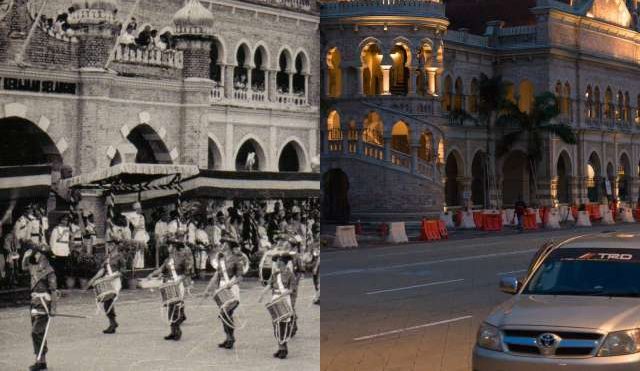 Thirsty for JUICE content? Quench your cravings on our Instagram, TikTok and WhatsApp
Thirsty for JUICE content? Quench your cravings on our Instagram, TikTok and WhatsApp
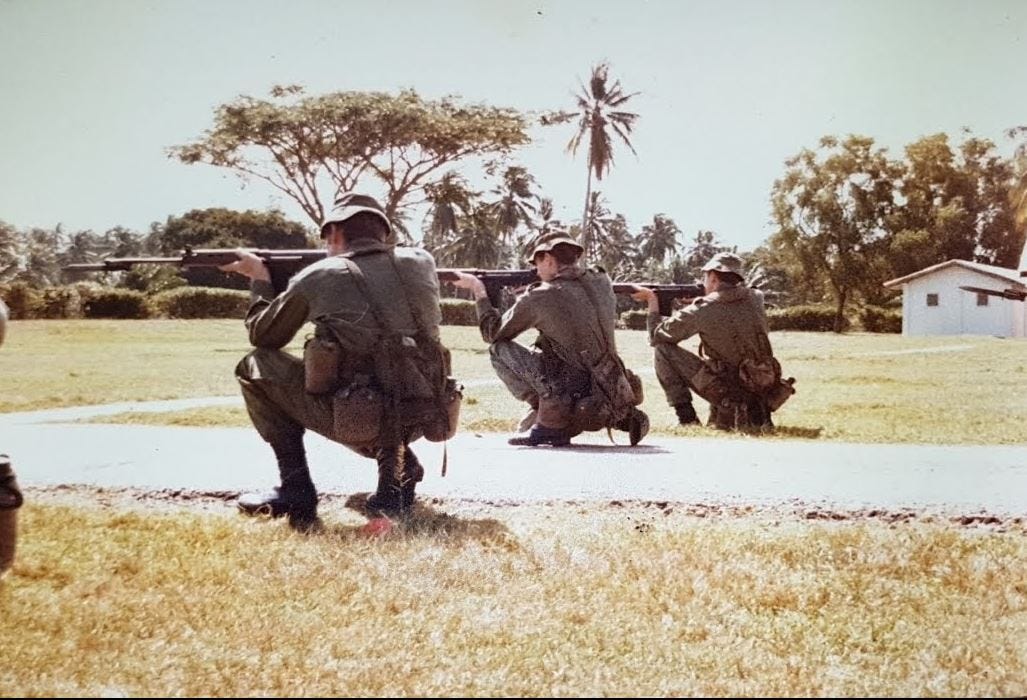
Amidst the serene landscapes of Malaysia lie the echoes of valiant struggles and indomitable spirits. These historic battlefields bear witness to the defining moments that shaped the nation’s destiny. Join us on a poignant journey as we step onto hallowed grounds and delve into the stories of heroism, sacrifice, and resilience that unfolded on Malaysia’s historic battlefields…
The Battle of Penang: Defending the Pearl of the Orient
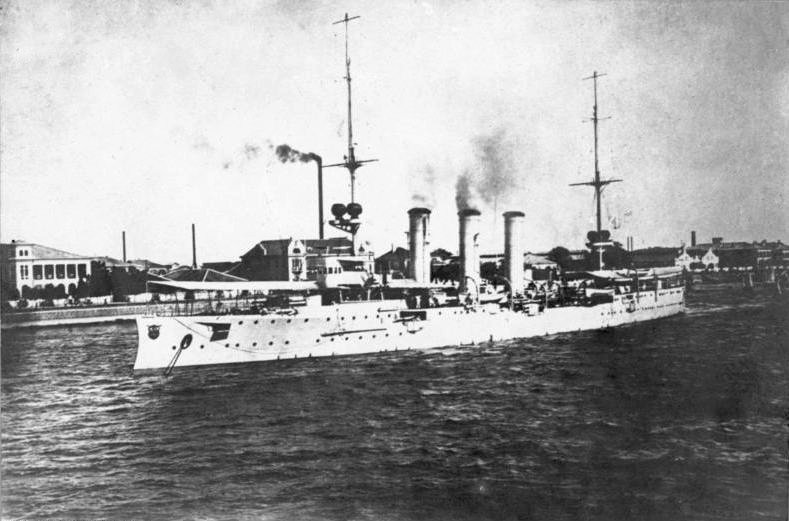
In a world engulfed in the chaos of World War I, a small island off the coast of Malaya became the stage for a battle that would leave an indelible mark on the annals of courage. Deemed the ‘Battle of Penang’, this is where the spirit of a people clashed against the backdrop of a tumultuous era.
The battle was a naval action during World War I, which occurred on 28 October 1914 in the Strait of Malacca. At the time, Penang was part of the Straits Settlements, a British Crown colony. Penang is now part of present-day Malaysia and is located a short distance from the mainland. The main town of Penang, George Town, is situated on a harbour, and was heavily utilised by Allied naval and merchant vessels in the early stages of the war.
In concise terms, the conflict was actually part of a larger global struggle between the Allied Powers and the Central Powers. The primary belligerents in this battle were the German cruiser SMS Emden and the Allied forces, which included British and Russian naval vessels.

In the early stages of the war, the German East Asia Squadron set sail from Tsingtao, China, with one ship, the SMS Emden, led by Lieutenant Commander Karl von Müller, embarking on a daring solo mission. Disguised as the British light cruiser HMS Yarmouth, the Emden arrived off the coast of George Town, surprising its enemies.
Once inside the harbour, Captain von Müller revealed the Emden’s true identity by raising the Imperial German naval ensign. The Emden swiftly launched a torpedo at the Russian cruiser Zhemchug, followed by a barrage of shells, inflicting significant damage. The Zhemchug sank after a second torpedo struck its forward magazine, resulting in a loss of 88 lives and 121 wounded among its crew of 250. During the battle, French ships D’Iberville and Fronde joined the fight, but their attacks proved ineffective. As the Emden prepared to leave the harbour, it unexpectedly encountered the French destroyer Mousquet, which was caught off guard and quickly sunk by the Emden’s firepower.
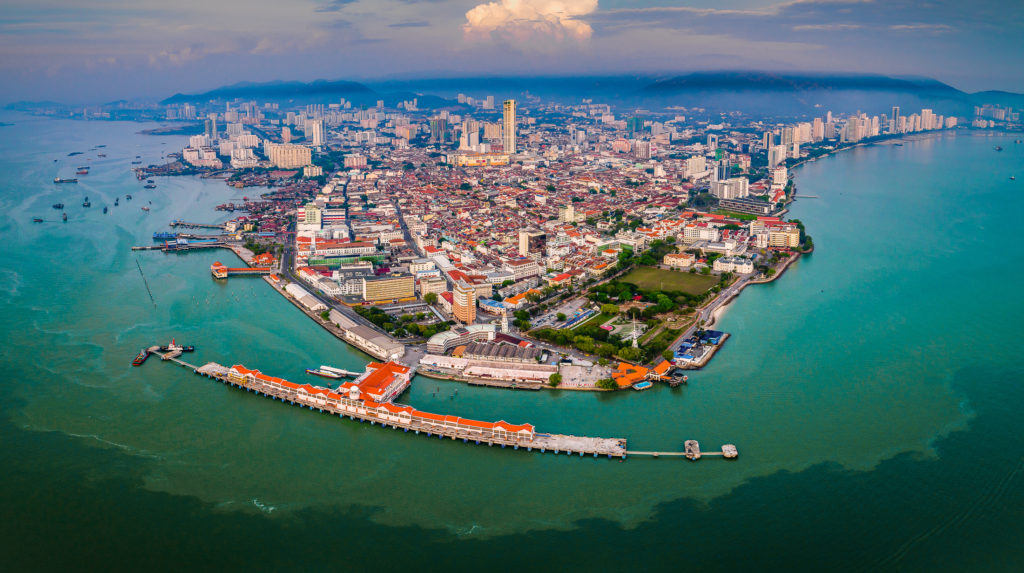
The Zhemchug’s vulnerability was exacerbated by the absence of its captain, Commander Baron I. A. Cherkassov, who had gone ashore to visit his wife or mistress. Negligence on the ship, such as taking the keys to the magazine ashore and not posting lookouts, led to Cherkassov’s court-martial and subsequent punishment. However, both Cherkassov and Lieutenant Kulibin, his deputy, later redeemed themselves in combat and received military decorations.
The Mousquet’s commanding officer, Lieutenant Félix Théroinne, lost his life in the battle, while 36 survivors from the destroyer were rescued by the Emden. The Emden later intercepted the British steamer Newburn and transferred the remaining French prisoners before releasing the vessel. The Emden continued its successful raiding mission until it faced the more formidable Royal Australian Navy light cruiser Sydney.
Outmatched by the Sydney’s superior firepower, the Emden sustained severe damage and eventually ran aground, leading to its surrender in the Battle of Cocos – which took place in November 1914.

To honour the fallen sailors of the Zhemchug, a monument was erected, and 12 Russian sailors are buried on Jerejak and Penang islands. The Russian embassy in Malaysia holds biannual memorial services, and the battle has been acknowledged by Russian President Vladimir Putin, including during his visit to Malaysia in 2003.

The monument itself has been renovated by Soviet sailors on two occasions, underscoring the lasting significance and commemoration of this historic naval engagement.
The Battle of the Malacca Strait: Confronting Colonial Conquerors
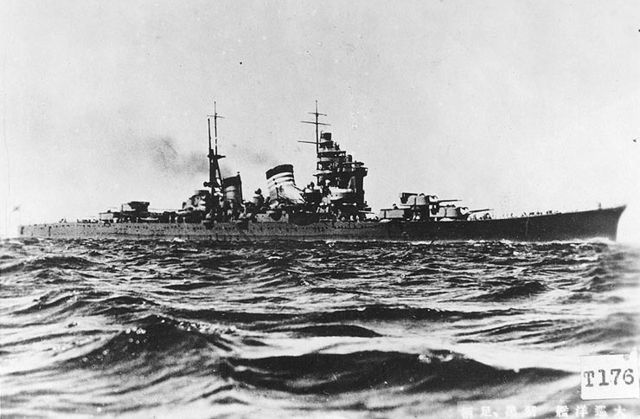
The Battle of the Malacca Strait, also known as the ‘Sinking of Haguro’, stands as a poignant and significant event that unfolded amidst the final throes of World War II. This naval battle, which took place in May 1945, marked a crucial moment in the British search-and-destroy operation, Operation Dukedom, ultimately resulting in the sinking of the Japanese cruiser Haguro.
The British and Japanese forces were fighting for strategic control and dominance over the region during the final stages of World War II. The British aimed to disrupt Japanese supply lines, weaken their military presence, and liberate occupied territories. The Japanese sought to maintain their hold on key positions and protect their remaining assets. Ultimately, the battle contributed to the Allied victory in the war and shaped the post-war geopolitical landscape of Southeast Asia.
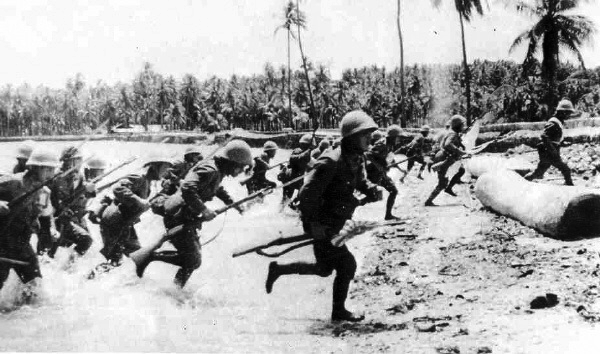
During this time, the region surrounding the Malacca Strait and the Andaman Islands witnessed intense military movements as the Japanese forces sought to evacuate their garrisons and consolidate their positions. Haguro, acting as a supply ship for the Japanese garrisons in the Dutch East Indies and the Bay of Bengal, embarked on a mission to evacuate the Japanese garrison located in Port Blair back to Singapore.
The Royal Navy, having intercepted decrypted Japanese naval signals and received sightings from submarines, became aware of the Japanese flotilla’s intentions. In response, Force 61 of the Eastern Fleet set sail to intercept the Japanese ships. The British destroyers, comprising the 26th Destroyer Flotilla led by Captain Manley Power, positioned themselves strategically, creating a crescent cordon to ensnare the approaching Japanese vessels.
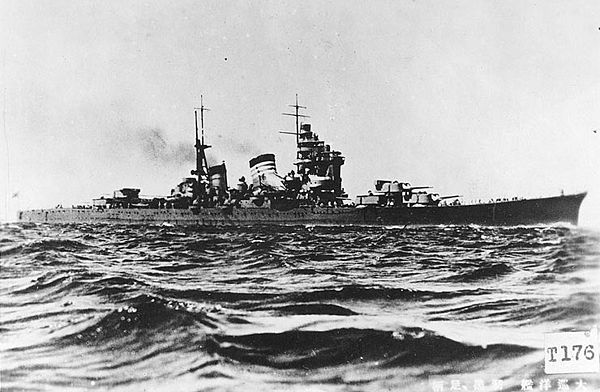
Despite heavy rain squalls and challenging weather conditions, the British destroyers seized the opportunity as Haguro sailed deeper into their trap. The British destroyer Venus, initially in a perfect attacking position, encountered a setback when an error in torpedo settings resulted in a missed opportunity. Nevertheless, Saumarez and Verulam pressed forward, launching their attacks on Haguro.
In the ensuing battle, both sides exchanged devastating fire. The British destroyers unleashed their firepower upon Haguro, while the Japanese cruiser retaliated with a barrage of its own. Amidst the chaos and the illuminating light of star-shells, the British destroyers pressed on with determination and precision.
At 01:15, Haguro was hit by three torpedoes from Saumarez and Verulam, and further torpedo strikes from Venus and Vigilant ultimately sealed its fate. The Japanese cruiser succumbed to the relentless assault and sank at 02:06, marking a decisive victory for the British forces.
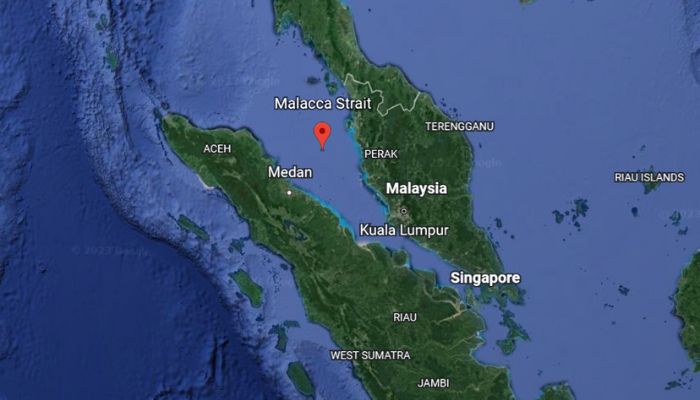
The Battle of the Malacca Strait was not without its costs. Both sides suffered casualties, and the loss of life was significant. The battle, however, serves as a testament to the courage and skill displayed by the British naval forces during this late stage of World War II. Lord Louis Mountbatten, a distinguished destroyer captain himself, commended the battle as an exceptional example of a night attack by destroyers.
Today, the wreck of Haguro lies as a solemn reminder of the events that transpired during that fateful night. Despite illegal salvage attempts that have ravaged the wreck, its significance endures, and efforts to explore and document the remnants of the battle continue. The Battle of the Malacca Strait remains etched in history as one of the last major surface gun and torpedo actions of World War II, reminding us of the sacrifices made and the valour displayed by those who fought bravely in the defence of their nations.
The Battle of Kuala Lumpur: A City Reclaimed
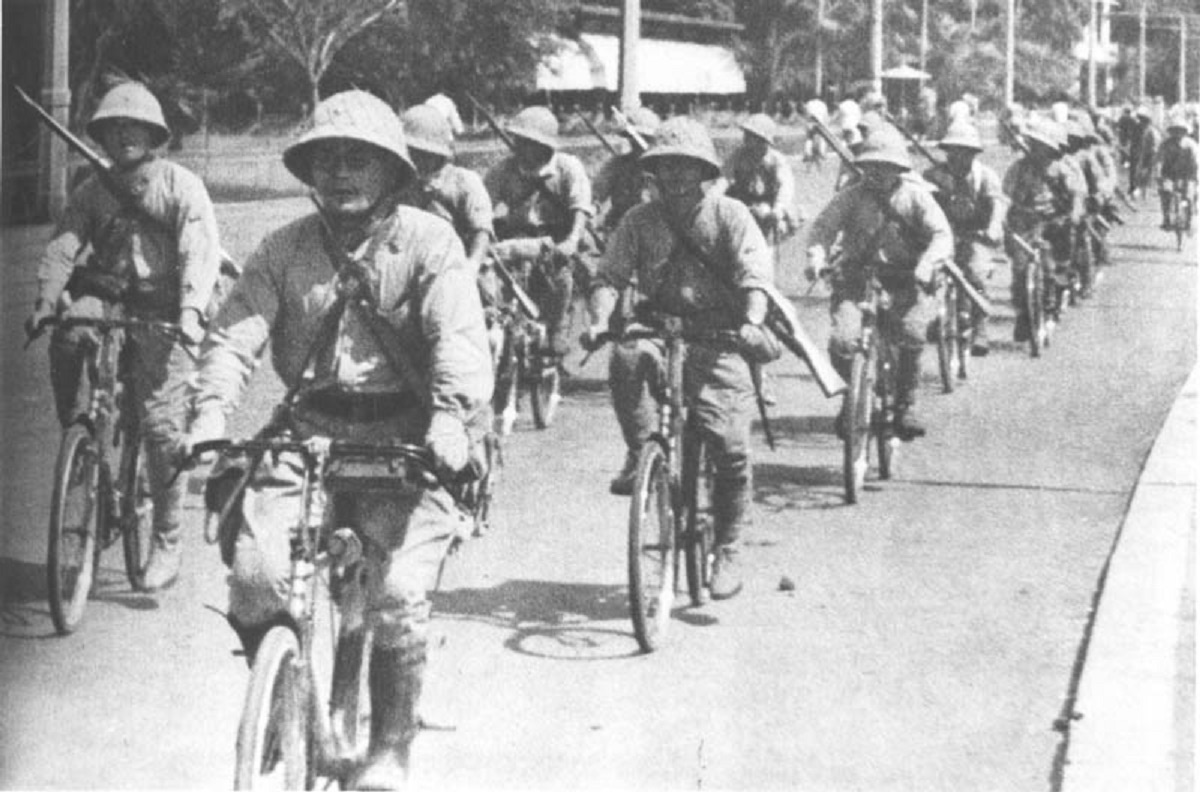
The Battle of Kuala Lumpur marked a significant engagement between Japanese invasion forces and British troops in the capital city of the Federated Malay States during World War II. The Japanese aimed to capture Kuala Lumpur due to its strategic importance as the administrative and economic centre of the region. The British defended the city to maintain control and hinder the Japanese advance in British Malaya.
In December 1941, Japanese naval aircraft launched the first air raids over Kuala Lumpur, targeting strategic locations and infrastructure. Despite British anti-aircraft guns and RAF aircraft intercepting the attack and successfully shooting down one Japanese aircraft while damaging another, subsequent raids followed on the 25th and 27th of December. The final bombing occurred on January 10, 1942, after the fall of Port Swettenham.
By January 7, the northern part of Malaya, including Perlis, Kedah, Kelantan, Terengganu, and the Straits Settlement of Penang, had already fallen into Japanese hands. After the Battle of Slim River, the Japanese troops set their sights on Kuala Lumpur, as it was not only the capital of the Federated Malay States but also the State of Selangor. The city held immense strategic importance for the Japanese, and capturing it became a crucial military objective.
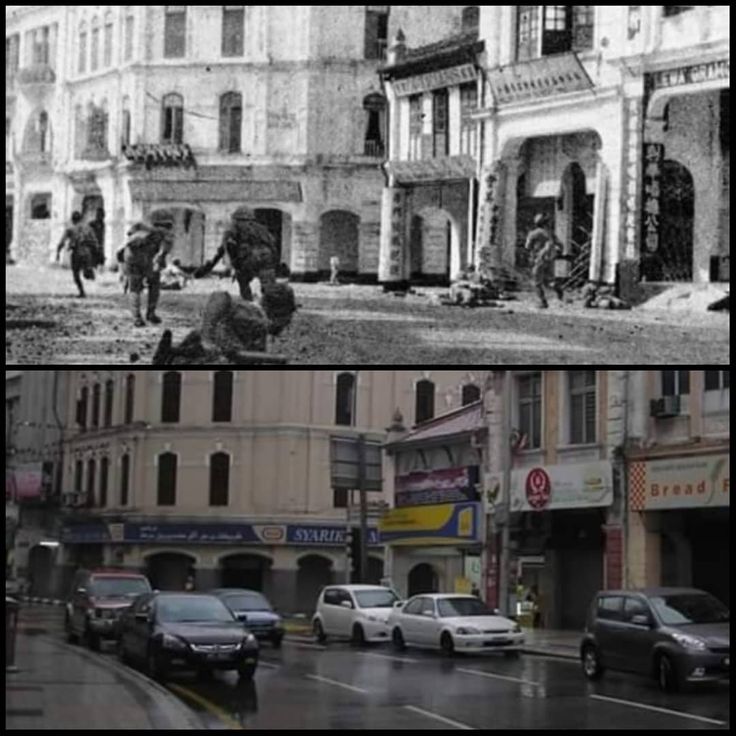
On January 7, it was decided to abandon Selangor and Negeri Sembilan to the Japanese, prompting British forces to initiate a hasty retreat towards Johor and eventually Singapore. The city of Kuala Lumpur was left abandoned and quickly descended into a state of anarchy and chaos. Widespread looting occurred, with panicked residents sacking prominent department stores and cinemas. The FMS administration ceased to function, and the city’s infrastructure suffered greatly.
As the British retreated, they implemented a scorched earth policy, setting fire to tin mines, rubber plantations, and munitions. The fires continued to burn for days, even after the Japanese took control of Kuala Lumpur. On January 10, the Japanese advanced to Serendah, approximately 26 km from the city.
The following day, the Japanese entered Kuala Lumpur with minimal resistance, encountering only small skirmishes as the British troops had already left the area. The Japanese swiftly took control of government buildings, institutional structures, including the prominent Sultan Abdul Samad Building, railway station, and Pudu Jail. After the battle, the Japanese repurposed Pudu Jail as a prisoner-of-war detention centre, where numerous Allied POWs endured torture and inhumane treatment.
Japanese forces continued their southward advance along Highway 1, targeting other areas such as Kajang, which was bombed on January 12. Unfortunately, the bombs intended for the railway station missed their mark and struck a nearby church instead.
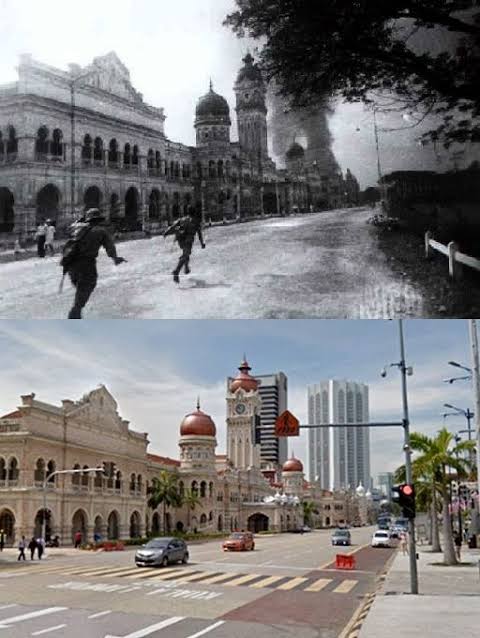
Kuala Lumpur, along with the rest of the Malayan Peninsula, remained under Japanese occupation until September 1945 when the Japanese home islands surrendered unconditionally following the atomic bombings of Hiroshima and Nagasaki by American forces in August 1945. The British Military Administration then took over the administration of the city and the region.
Although the Battle of Kuala Lumpur did not garner as much attention as the Battle of Singapore, it played a significant role in the overall Japanese conquest of British Malaya. The battle resulted in the occupation of the capital city and served as a stepping stone for Japanese forces towards their ultimate objective in the region.
The Battle of Sarawak: Uniting Cultures, Defending Homeland
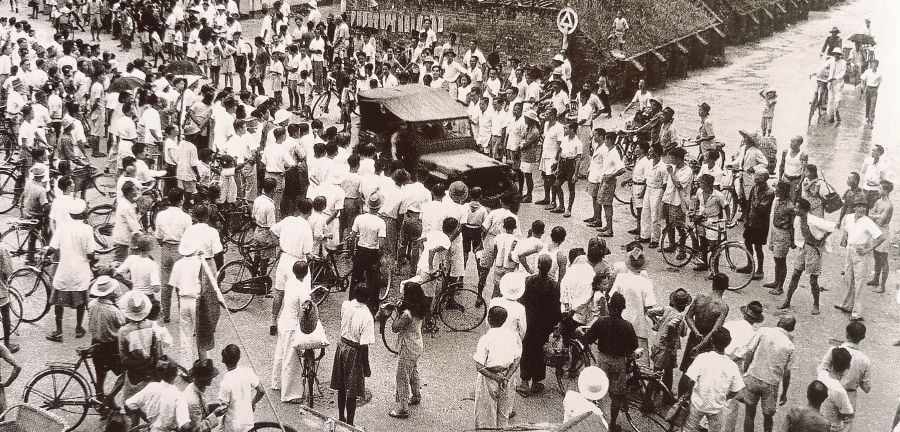
The Battle of Sarawak unfolded in World War II as the Japanese forces swiftly captured Miri on December 16, 1941, securing the region’s valuable oil resources. Choosing Miri as their initial target over the capital city of Kuching, the Japanese launched a surprise assault amidst a severe storm. Subsequently, they took control of the oil refineries and repaired the Miri airfield to support their military operations.
In Kuching, the residents experienced a grim preview of the Japanese occupation on December 19, 1941, as fighter planes wreaked havoc on the streets. This prompted people to flee to the countryside, resulting in congested roads filled with a mix of vehicles and carts laden with personal belongings.
The Japanese flotilla en route to Kuching was spotted off Bintulu on December 23, 1941. In anticipation, the Kuching airfield was sabotaged by detonating concealed explosive charges. Meanwhile, the absence of Vyner Brooke, the White Rajah, and his wife prevented their capture, sparing potential embarrassment.
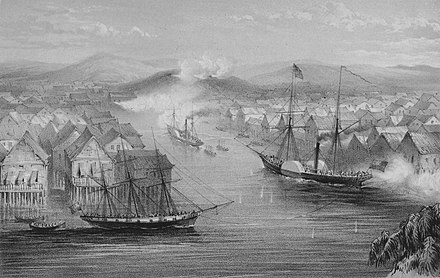
The Japanese occupation of Sarawak commenced on Christmas Eve 1941 when enemy troops marched into Kuching. Initially, they sought to portray their fight as against the British rather than the local population, implementing measures to ensure food supply and restoring prices. Efforts were made to govern Sarawak, North Borneo, and Brunei as a unified entity, fostering cooperation and cultivating loyalty among the locals. However, the regime grew stricter and oppressive by mid-1942, with the Kempetai enforcing harsh control.
As the Allies made progress in the Pacific, the Kempetai became increasingly paranoid and targeted educated Sarawakians who could aid the invading forces. Economic turmoil and hardships resulted from inflation and the collapse of the Japanese-issued currency. The situation shifted when Allied aircraft appeared over Kuching on March 25, 1945, though fear of reprisals tempered initial excitement. The liberation finally arrived after the bombings of Hiroshima and Nagasaki, leading to the Japanese surrender in August 1945.
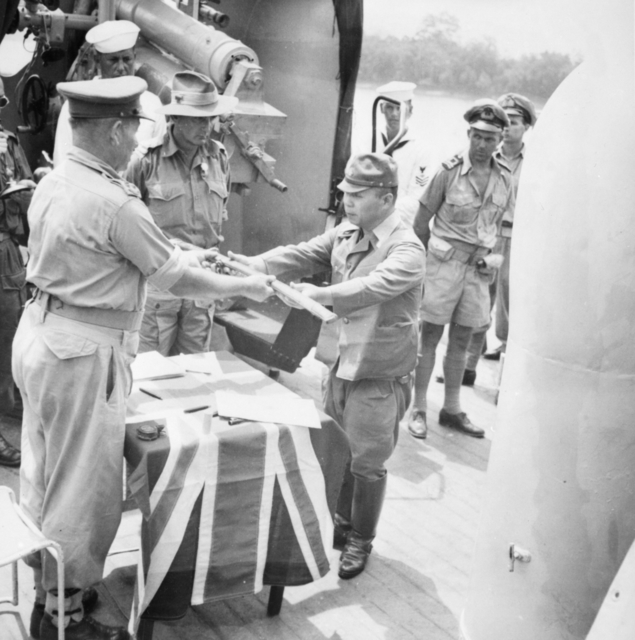
Sarawak’s post-occupation era witnessed reconstruction efforts, the resumption of oil exports from Miri, and the gradual healing of scars left by the occupation. The hoisting of the Union Jack and the Sarawak flag at Fort Margherita on September 11, 1945, marked the end of the Japanese occupation, offering a hopeful future for Sarawak.
The Battle of Borneo: Triumph Amidst Adversity
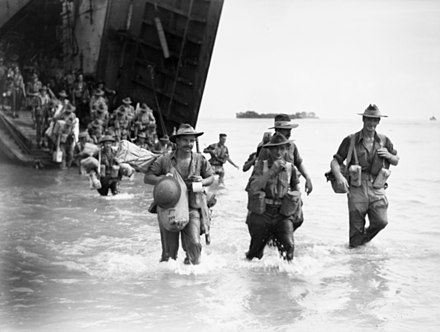
During the Battle of Borneo in World War II, the Japanese Imperial forces conducted a campaign to gain control of Borneo, focusing on subjugating the Raj of Sarawak, Brunei, North Borneo, and the western part of Kalimantan (which was part of the Dutch East Indies).
The main Japanese unit involved in this campaign was the 35th Infantry Brigade led by Major General Kiyotake Kawaguchi. Borneo was divided between the Dutch East Indies and British protectorates, with the Brooke family ruling Sarawak and the British North Borneo Company governing North Borneo. The Dutch controlled the rest of the island, known as Kalimantan.
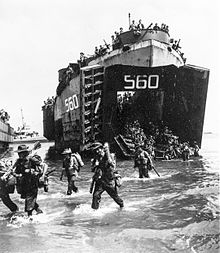
The Japanese invasion aimed to secure Borneo’s rich petroleum resources, which were essential for their long-term goal of becoming a major power in the Pacific. The poorly defended island was a prime target, and the Japanese forces encountered little resistance as they captured strategic locations and oilfields.
The Allied forces in Sarawak and North Borneo were primarily comprised of British and Dutch troops, as well as local defence forces such as the Sarawak Rangers. However, they were outnumbered and lacked sufficient air and sea power to defend against the Japanese invasion.
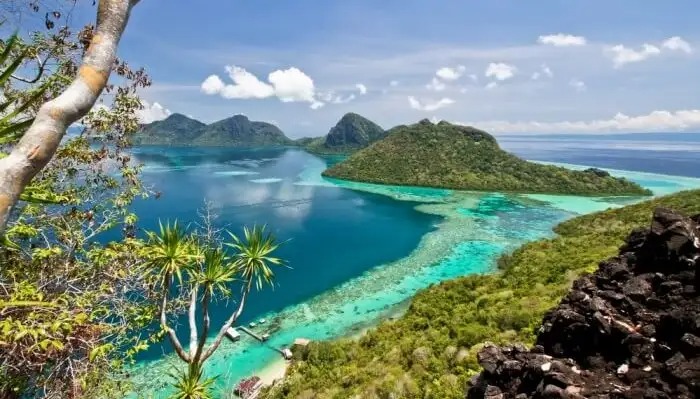
The Japanese forces successfully captured Miri, Seria, and Kuching, securing the oilfields and major cities. Dutch forces in Singkawang and Pontianak also put up some resistance but were eventually overwhelmed. The Allied troops retreated into the jungle but were pursued by the Japanese. Eventually, after several weeks of jungle warfare, the Allied forces surrendered in April 1942.
The Battle of Borneo marked a significant victory for the Japanese Imperial forces, allowing them to control the valuable resources and strategic positions on the island. The occupation of Borneo lasted until the end of World War II when Japan surrendered in 1945.
Bearing Witness To Valour
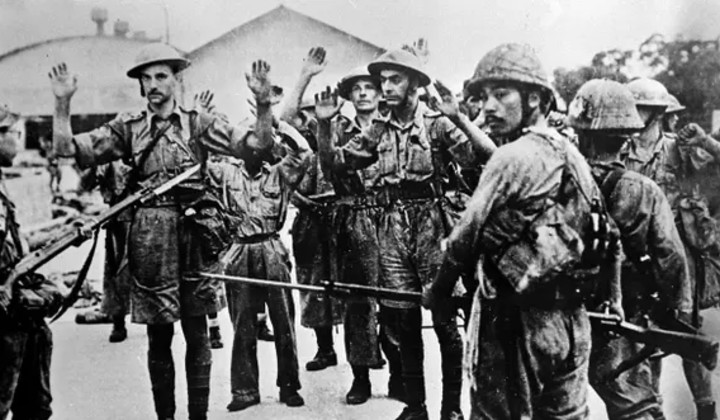
As we stand upon the historic battlefields of Malaysia, a profound sense of awe washes over us. These grounds bear witness to the struggles and sacrifices that paved the way for the nation’s freedom and identity. The stories etched in these hallowed fields remind us of the courage, resilience, and unwavering spirit that define Malaysia and its people.
These battlefields serve as reminders of the price paid for independence and the continuous quest for justice and equality. They are not mere patches of land; they are sacred spaces that honour the heroes who fought valiantly for a better future. As we strive to preserve their memory, learn from their valour, and ensure that their legacy lives on, may we always remember that the battles fought on these sacred grounds were not in vain, but were the foundation upon which Malaysia’s vibrant history and promising future are built.
Feature image courtesy of re.photos


 Get Audio+
Get Audio+ Hot FM
Hot FM Kool 101
Kool 101 Eight FM
Eight FM Fly FM
Fly FM Molek FM
Molek FM

